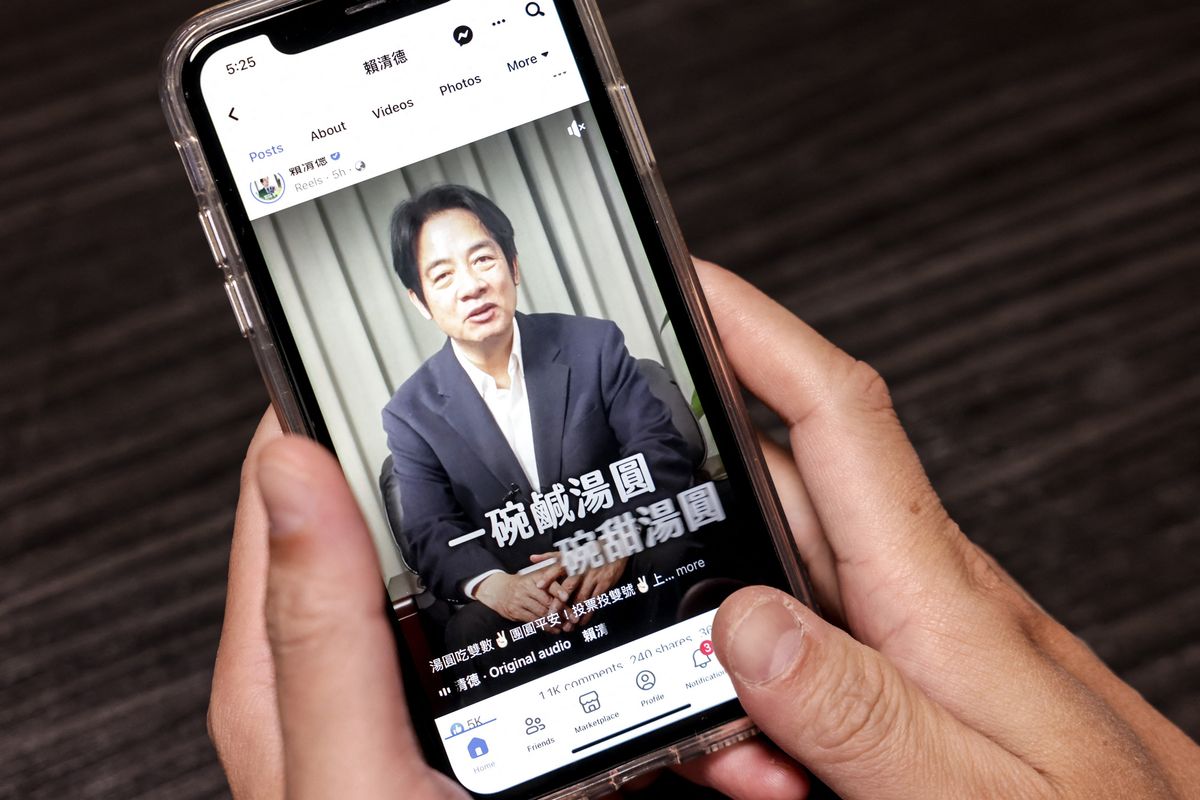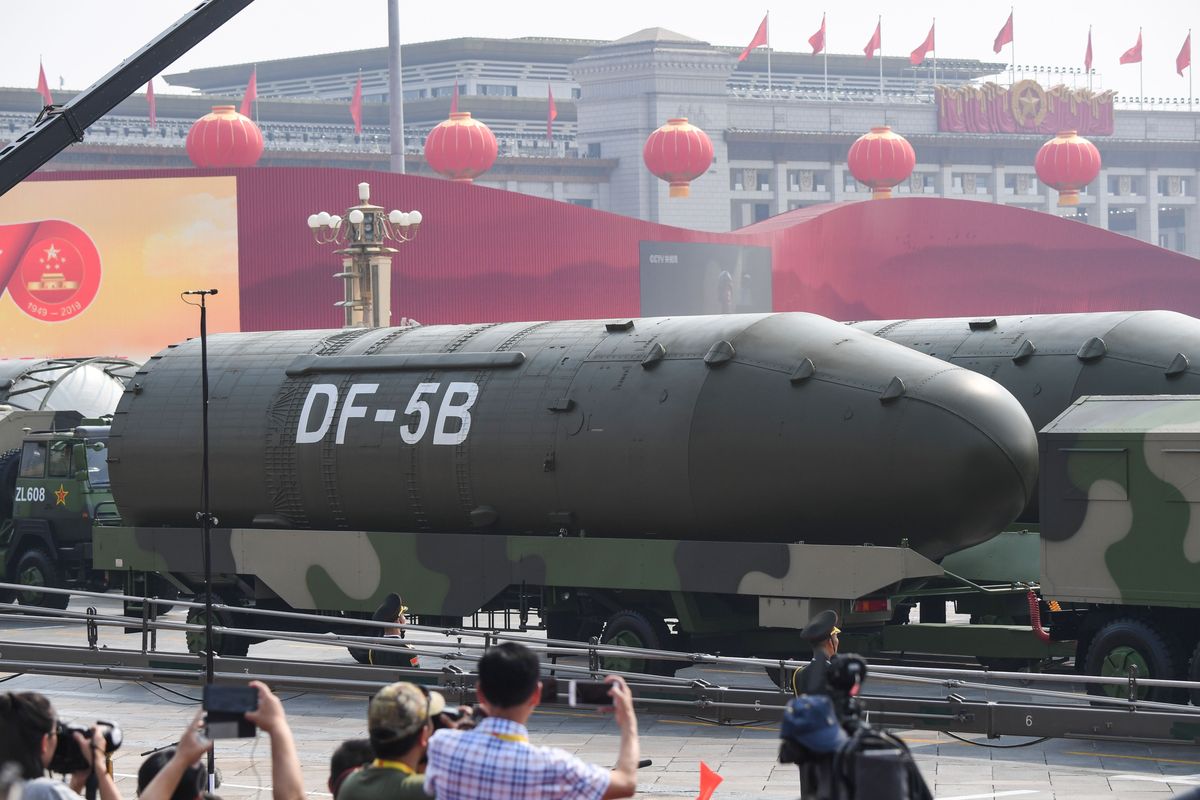China is on a multi-year mission to reduce its reliance on foreign technology and as a result, Beijing is investing heavily in its own technological developments. Premier Li Keqiang announced the Made in China 2025 (MIC 2025) initiative in 2015 as a bid to significantly advance the country’s economy and industrial base with a goal of achieving manufacturing dominance by 2025.
Background:
- MIC 2025 is China’s answer to provide the types of goods that will put them ahead of competition, prevent bottlenecks in industry and provide the goods that consumers are demanding.
- The spirit of the directive comes from a background of a surging middle class demanding higher quality goods and China recognizing their heavy dependence on low-end manufacturing while foreign companies dominate in high-tech industries.
- MIC 2025 targets ten strategic industries: Power equipment (Fossil fuel, electrical, nuclear, renewable); Information Technology (AI, ML. IoT, Smart appliances); Farming equipment; Aerospace equipment; New materials; Railway equipment; Green Energy and Green Energy vehicles; Ocean Engineering Equipment and High-tech vessels; Robotics; Pharmaceuticals and Medical devices.
- Covid-19 has caused disruptions in Foreign Direct Investment (FDI) in China. Supply chain manufacturers have moved out of the country, there have been disruptions in trade and a sharp fall in industrial production.
- Energy, automotive, chemical, electronics and aerospace industries have been hit hard with concerns of raw material availability and reduced consumer activity. These are also key sectors in the MIC 2025 plan that will need time to recover.
- China still needs global technology inputs to continue its road to independence, but trade relationships remain fragile in light of Covid-19. The 2025 plan encourages investment in foreign companies to gain access to advanced technology like semiconductors, but this strategy is being challenged by regulation and tariffs abroad.
- US-China trade disputes have compounded during the pandemic. The US and several governments have called for firms in critical sectors to relocate back to home countries or to less affected regions. Moves like this make access to established or innovative partnerships more difficult.
- China also faces an aging population and the drying up of rural labor, so growth can be expected to decline in light of COVID-19 coupled with reduced access to imported technology intended to raise productivity/efficiency.
- A growing and bullish economy is needed to underwrite the MIC 2025 plan. China has a goal to double 2010 GDP and per capita GDP by 2020. To do this they will need to achieve at least 6 percent growth this year. With a once-in-a-century pandemic originating in-country, coupled with slowing global growth, the coronavirus could be an unforeseen bump in the engine behind MIC 2025.
The Cipher Brief tapped our experts, Ambassador Joseph DeTrani, former CIA director of East Asia Operations and former Special Adviser to the Director of National Intelligence, Martin Petersen, former Deputy Executive Director and Acting Executive Director of CIA, and Daniel Markey, Senior Research Professor and Academic Director of the Global Policy Program at the Johns Hopkins School of Advanced International Studies and author of China’s Western Horizon: Beijing and the New Geopolitics of Eurasia.
Ambassador Joseph DeTrani, Former Special Advisor to the Director of National Intelligence
Made in China 2025 is at the core of what Xi Jinping declared at the 19th Party Congress in 2017: "to realize the Chinese Dream of national rejuvenation". No longer will China "maintain a low profile and never claim leadership" as proclaimed by Deng Xiaoping in 1990. Xi is making it clear to the people of China and the world that this is the new China, mindful of the "century of humiliation" and determined to regain its rightful position in the world as the "middle kingdom". This industrial policy, designed to make China dominant globally in high-tech manufacturing, possibly in 2049, the centenary of the founding of the PRC, complements other economic and geopolitical initiatives initiated by Xi Jinping: The Belt and Road Initiative, Asia Infrastructure Investment Bank, Export-Import Bank of China, the China Development Bank and other institutions will provide loans and grants to countries dealing with China on infrastructure and other projects. Thus, those Chinese companies that aspire to global leadership in various industrial target sectors, like Information Technology, will have to allay concern that they are indeed independent entities, not beholden to the government of China. That is the current concern with China's Huawei Technologies and ZTE. Also of concern is the likelihood that China's economic prowess could have geopolitical implications for those countries dealing with a China that may see value in establishing military bases outside of China, as we've seen with the PLA Support Base in Djibouti — or dual use bases with other countries.
Martin Petersen, Former CIA Acting Executive Director

China certainly has the talent to realize its goals, but it is also dependent on access to Western research and technology. It gets this access from the students studying in the West, especially in the US, and of course, on its aggressive theft of IP. It has very serious environmental problems (water, air pollution, etc.) plus an aging population, labor problems, income inequality, restive non-Han populations (add Hong Kong to this), and issues of corruption and nepotism. It needs access to western markets and continued foreign investment. It also needs a stable security environment, especially in Asia, which its own actions, especially in the South China Sea, complicate. The US has been the provider of that environment since WWII, and China and the US increasingly see each other as rivals for power, especially in Asia.
Ambassador Joseph DeTrani, Former Special Advisor to the Director of National Intelligence
It would be for China to remain coupled economically with the U.S., given its favorable balance of trade and access to U.S. universities and research institutes. And to remain coupled, China would have to ensure that Intellectual property theft and state sponsored cyberattacks cease immediately and trade agreements are implemented in a timely fashion. Of course, China becoming the dominant industrial global country in these advanced technologies also assumes domestic issues dealing with demographics, unemployment, wealth distribution and leadership cohesion are managed successfully by the Chinese Communist Party.
Daniel Markey, Johns Hopkins School of Advanced International Studies
It will also be important to adequately appreciate the obstacles facing China's plans for overseas trade and investment. The decoupling trend started before the pandemic and is rooted in strategic concerns about competition, unfair trade practices, protection of IP, standard-setting, espionage, etc. It is not merely an issue of Trump-era US-China trade disputes either; Europeans, Indians, and others have been increasingly concerned about China's market dominance in areas like telecommunications infrastructure, and increasingly inclined to narrow the space for Chinese firms to participate their own markets.
Martin Petersen, Former CIA Acting Executive Director

The challenge of 2025 for the world and especially the West comes down to a series of questions in board rooms and government offices: To what degree do foreign enterprises want to be dependent on China for key inputs? Given the environmental and social problems in China—and the fact that COVID-19, SARS, and MERS all originated in the Middle East or Asia—how safe is it to invest in NEW facilities/capabilities in China? To what degree can we live with limited access to China’s domestic market? At what point does limiting China’s access to foreign IP become a national security issue? Is this current PRC leadership willing to engage with the world community in positive and productive ways to deal with issues that affect us all? Closely related is the question of to what degree can the current PRC leadership be trusted to honor commitments it makes?
A Brief Expert Look at China's Goals Beyond 2025
Here’s a look at what other experts see on the road ahead
“Implicitly and often quite explicitly, China’s objective to become a manufacturing superpower implies the ambition not merely to catch up with other advanced economies but to surpass and displace them to achieve a dominant position in these industries worldwide. This initiative then feeds into the military-industrial side of China’s economy. Thus, equipping them with the tools to project power worldwide supported by a military who can reinforce any pursuit they begin,” writes Elsa Kania in The Diplomat Magazine.
And from experts at CNAS:
- “Chinese leadership is advancing an innovation-driven strategy for civilian and military development, aiming to become the world’s “premier innovation center” in AI by 2030. AI is a high-level priority within China’s national agenda for military-civil fusion, and this strategic approach could enable the PLA to take full advantage of private sector progress in AI to enhance its military capabilities.”
- “We can see that the PLA is seeking to engage in “leapfrog development” to achieve a decisive edge in “strategic front-line” technologies, in which the United States has not realized and may not be able to achieve a decisive advantage. The PLA is unlikely to pursue a linear trajectory or follow the track of U.S. military modernization, but rather could take a different path. Since the 1990s, the PLA has focused on the development of “trump card” weapons- ones that are able to close the competitive edge gap the US has held for quite some time.”
What do you think? Drop us an email at Editor@thecipherbrief.com
Research by The Cipher Brief’s Lee Templeton.
Read more expert-driven national security insights in The Cipher Brief.














